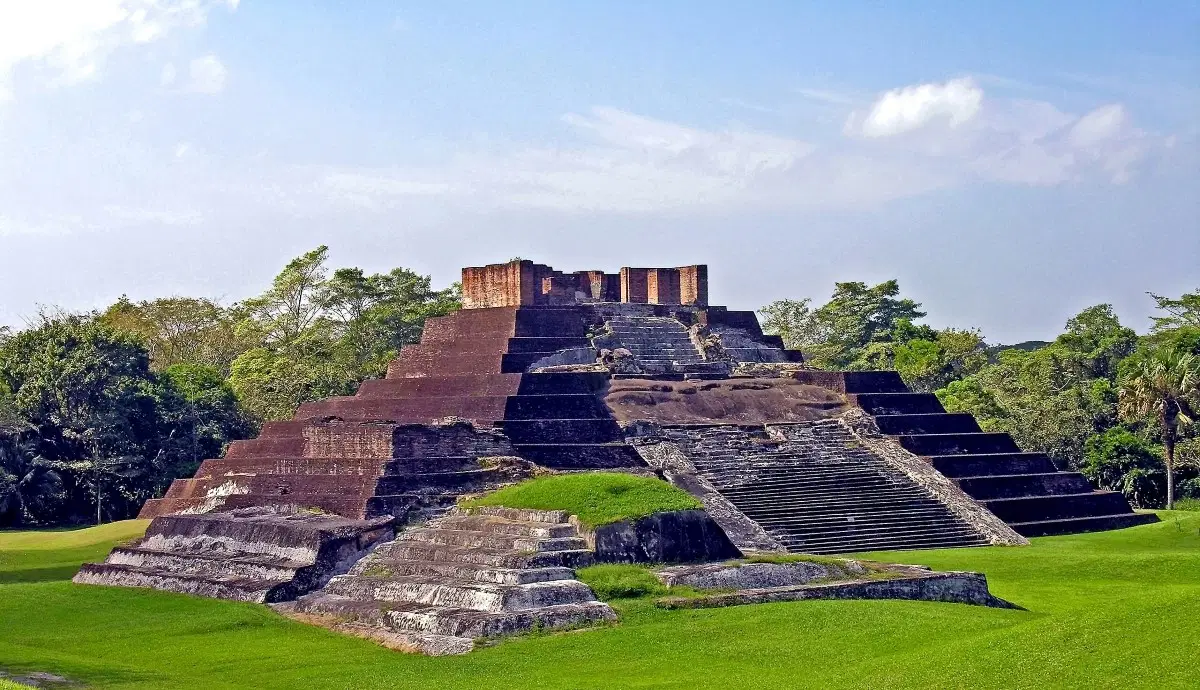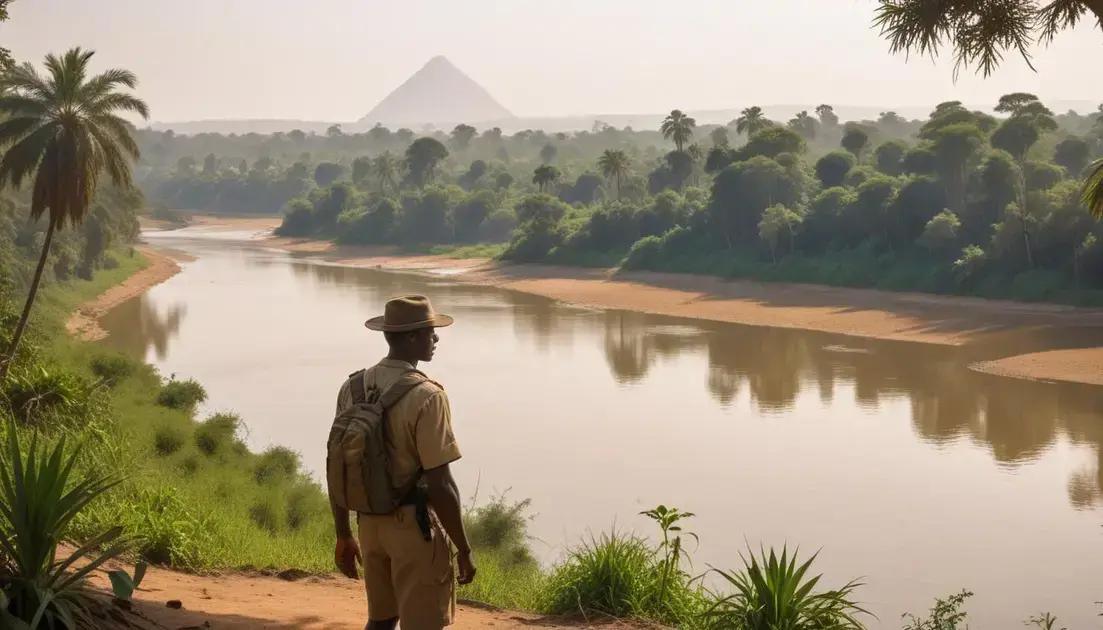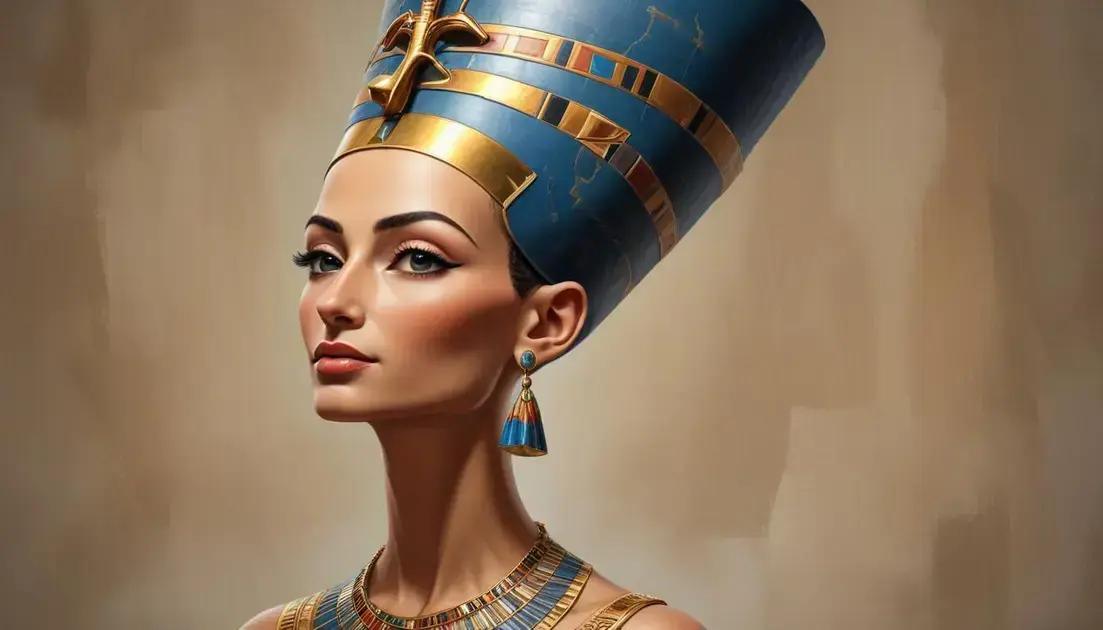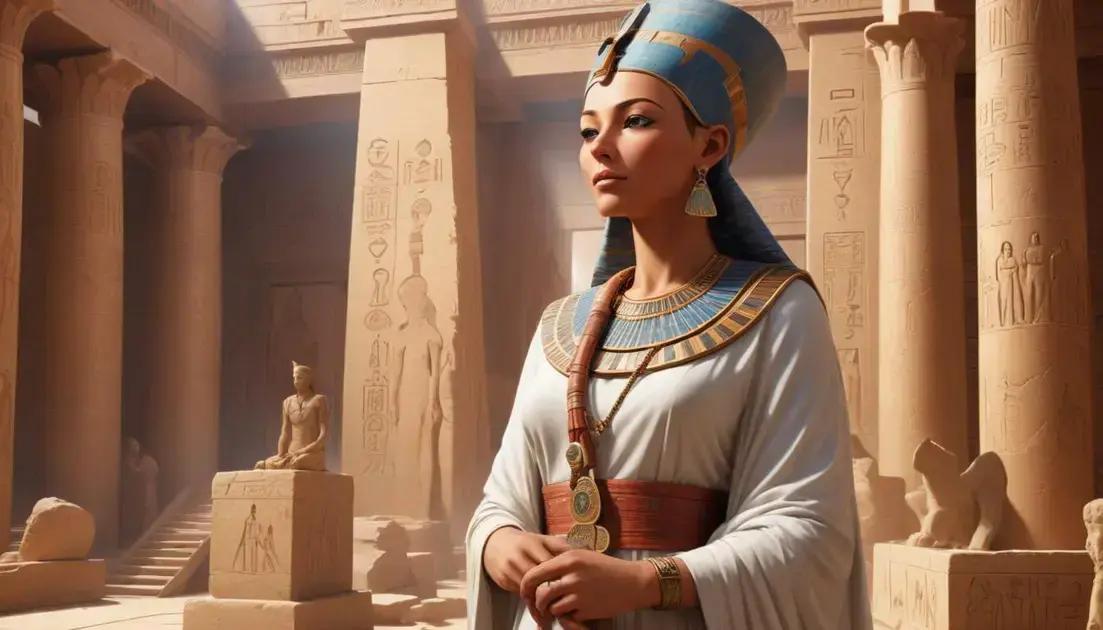
The Story of the Great Egyptian Pharaoh Ramses II
Ramses II, often referred to as Ramses the Great, remains one of the most iconic and influential figures in ancient Egyptian history. His reign, spanning over 66 years, witnessed significant military campaigns, ambitious construction projects, and the flourishing of Egyptian culture and power. This extensive exploration delves deep into the life and times of Ramses II, examining his early years, military achievements, architectural marvels, complex family life, and lasting impact on Egyptian civilization.
I. The Genesis of a Pharaoh: Ramses II’s Early Life and Ascension
Born around 1303 BC in Pi-Ramesses, the bustling capital city in the Nile Delta, Ramses II enjoyed a privileged upbringing as the son of Seti I, a powerful and successful pharaoh, and Queen Tuya. Seti I’s reign had already seen considerable expansion of Egyptian territory and influence, setting the stage for his son’s future accomplishments. Ramses’s early education would have encompassed a rigorous training regimen, preparing him for the immense responsibilities of ruling one of the world’s most powerful empires. This included military strategy, administrative skills, religious rites, and the intricacies of Egyptian governance. Unlike some pharaohs who faced challenges to their succession, Ramses’s path to the throne seems to have been relatively smooth, solidifying his position as heir apparent.
The exact details of his childhood remain shrouded in the mists of time, but historical records and artistic depictions offer glimpses into the opulent lifestyle he experienced. He would have lived in palatial surroundings, surrounded by courtiers, scribes, and servants. His education would have emphasized the divine right of kingship, emphasizing his role as a divine intermediary between the gods and the Egyptian people. The meticulous record-keeping of the era, while not always complete, provides valuable insights into the royal family’s activities and the young prince’s potential involvement in early state affairs. This carefully cultivated image of regal power and divine connection laid the groundwork for Ramses II’s later image as a powerful and almost godlike ruler. The careful grooming of the future pharaoh ensured his preparedness for the monumental tasks ahead.
Upon Seti I’s death around 1279 BC, Ramses II, at approximately the age of 25, ascended to the throne. His youth did not hinder his ability to quickly consolidate his power. He immediately began to implement policies aimed at strengthening Egypt’s military, expanding its economic resources, and reinforcing its political standing. This early assertiveness established a pattern for his entire reign – a proactive approach to governance that characterized his leadership.
II. The Warrior King: Ramses II’s Military Campaigns and Conquests
Ramses II’s reign is inextricably linked to his extensive military campaigns. He was not merely a ruler who delegated military matters; he was a skilled military strategist and commander who personally led his armies into battle. His ambition to expand Egypt’s influence and secure its borders led to numerous conflicts, showcasing his military prowess and strategic thinking.
His most famous military engagement, the Battle of Kadesh in 1274 BC, remains a pivotal moment in ancient history. This clash between the Egyptian and Hittite empires, fought near the strategically crucial city of Kadesh (modern-day Syria), involved tens of thousands of soldiers and was a brutal and protracted conflict. Ramses’s initial strategic plan was compromised, and the Egyptians found themselves facing a devastating Hittite ambush. The ensuing battle resulted in significant casualties on both sides, a testament to the ferocity of the fighting.
While the initial Egyptian advance faltered, Ramses II’s leadership and courage were crucial in rallying his forces. The battle itself didn’t result in a clear victory for either side, ending in a tactical stalemate. However, Ramses skillfully managed to present himself as the victorious party, using his propagandist prowess to portray the battle as an Egyptian triumph. This feat underscores his understanding of the importance of public perception and the control of narratives. The subsequent peace treaty with the Hittites, one of the earliest known formal peace agreements in history, reflects his strategic acumen. This treaty, a remarkable diplomatic achievement, ensured a period of relative peace between the two powerful empires, highlighting his deft negotiation skills.
The Battle of Kadesh, despite its initial setbacks, remains a significant testament to Ramses II’s military capabilities and his ability to navigate complex geopolitical situations. Other campaigns against the Libyans, Nubians, and other regional powers further solidified his reputation as a formidable military leader and expanded Egyptian influence in the region. His military achievements, real or embellished, played a significant role in the construction and maintenance of his powerful image as the great Pharaoh.
III. The Architect Pharaoh: Ramses II’s Building Projects and Architectural Legacy
Beyond military might, Ramses II is also renowned for his unparalleled building program. He left an indelible mark on the Egyptian landscape with a plethora of temples, monuments, and statues scattered across the land. His monumental projects served not only as symbols of his power but also as testaments to his devotion to the Egyptian gods and his desire to secure his legacy for eternity.
The Abu Simbel temples, carved into the Nubian sandstone cliffs, stand as perhaps his most iconic achievement. These colossal temples, with their monumental statues of Ramses II and other deities, are a stunning display of architectural and engineering prowess. The larger temple, dedicated to Ra-Horakhty, Amun-Re, Ptah, and Ramses himself, features four colossal statues of the pharaoh, each over 65 feet tall. The smaller temple, dedicated to Hathor and Nefertari, further demonstrates the grandeur of his ambitions. The meticulous planning and execution required for these projects underscore the immense organizational capabilities of his reign. The sheer scale of the projects speaks volumes about the resources and manpower at his disposal, a testament to the strength and prosperity of his empire.
His building projects were not limited to Abu Simbel. He extensively renovated and expanded existing temples at Karnak and Luxor, adding his own colossal statues and inscriptions, leaving his mark on some of Egypt’s most sacred sites. The Ramesseum, his mortuary temple at Thebes, is another significant example of his architectural ambition. These temples served as centers of religious worship, administrative functions, and the propagation of royal propaganda, further reinforcing his image as a divinely appointed ruler.
Ramses II’s building programs were not merely acts of self-aggrandizement; they also served to revitalize the Egyptian economy. These monumental projects created employment opportunities, stimulated trade, and strengthened the nation’s infrastructure. The sheer volume of materials needed, the mobilization of workers, and the skilled craftsmanship required all contributed to the economic prosperity of his empire. His legacy is therefore not just about the impressive structures themselves but also about the economic and societal impact they had.
IV. A Complex Family Life: Ramses II’s Wives, Children, and Succession
Ramses II’s personal life was as complex and multifaceted as his reign. He had multiple wives, the most prominent being Nefertari, who enjoyed a privileged position and was often depicted alongside him in official artwork. Nefertari’s influence extended beyond the personal sphere; she was a respected figure in her own right, appearing in numerous reliefs and statues. Their relationship, although lacking intimate details revealed by surviving historical records, is portrayed as one of mutual respect and partnership.
He fathered over 100 children with his various wives and concubines. This large family was not merely a matter of personal preference; it was a strategic move to strengthen alliances, secure political power, and ensure the continuation of his dynasty. The numerous sons and daughters served crucial functions within the court and the broader Egyptian society, taking up roles as high-ranking officials, priests, and military leaders. The selection of his successor, however, was not without its challenges and intricacies, leading to a complex interplay of power dynamics and family rivalries within the royal court.
One of his sons, Merneptah, ultimately succeeded him as pharaoh, inheriting a vast empire and the immense legacy of his father. However, the intricacies of the succession process, coupled with the large number of potential heirs, underscore the challenges involved in maintaining the stability of the dynasty. The vast family structure, while essential for political expediency, also played a crucial role in shaping the dynamics of the royal court. The accounts and imagery available provide only a partial picture of the life of Ramses II’s family. Still, the extent of his family life emphasizes the political and social importance of royal lineage within ancient Egyptian society.
V. The End of an Era: Ramses II’s Later Life, Death, and Legacy
Ramses II achieved an exceptionally long lifespan by ancient standards, ruling for approximately 66 years and living to around 90 years old. His lengthy reign, while witnessing periods of prosperity and military success, also marked the beginning of a gradual decline in the New Kingdom’s power. However, his death in approximately 1213 BC did not signal a sudden collapse. Instead, it marked a transition, the eventual impact of which would unfold over subsequent decades.
His mummy, discovered in 1881, offers valuable insights into his physical condition at the time of his death, and its preservation provides scientists with fascinating glimpses into the embalming techniques and medical knowledge of ancient Egypt. The discovery of his mummy, along with various artifacts from his tomb in the Valley of the Kings (KV7), continue to contribute to our understanding of his life, his reign, and the culture of ancient Egypt.
The enduring legacy of Ramses II is immense and complex. He was a multifaceted figure, a powerful warrior, a prolific builder, and a shrewd politician. His reign is characterized by both remarkable achievements and significant challenges. His military campaigns expanded Egyptian influence, his building projects left an architectural legacy, and his lengthy reign brought both prosperity and the seeds of later decline.
He masterfully utilized propaganda to solidify his image as a divine ruler, and his extensive building program and carefully crafted narratives ensured his legacy would endure for millennia. His influence extends beyond the physical monuments he erected; his diplomatic achievements, strategic military decisions, and management of a vast empire remain subjects of intense scholarly investigation. His reign demonstrates the intricate interplay between military power, political maneuvering, and the careful cultivation of a divine image, illustrating the complexities of leadership in ancient Egypt.
Ramses II’s story is not merely a historical account; it is a window into the complexities of ancient Egyptian society, its strengths, and its vulnerabilities. His life and times offer a fascinating glimpse into the world of a powerful pharaoh, a skilled military strategist, and a prolific builder who left an enduring impact on Egyptian civilization and continues to fascinate and inspire researchers and the public alike, over 3,000 years after his death. His legacy is a testament to human ambition, resilience, and the lasting power of cultural achievements. The study of his reign offers invaluable insights into the dynamics of ancient empires, the intricacies of ancient governance, and the captivating interplay of faith, power, and the enduring human quest for legacy.


